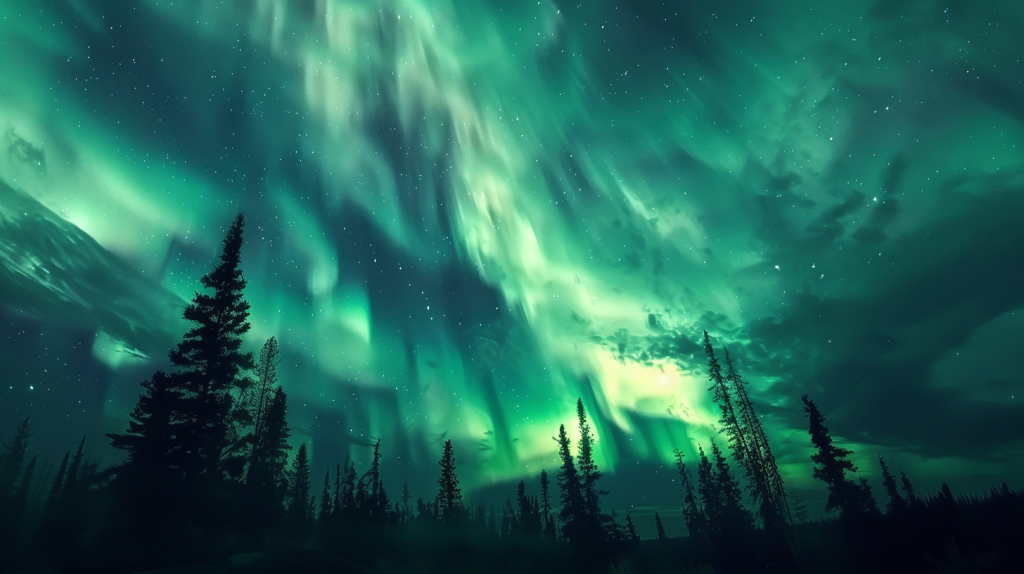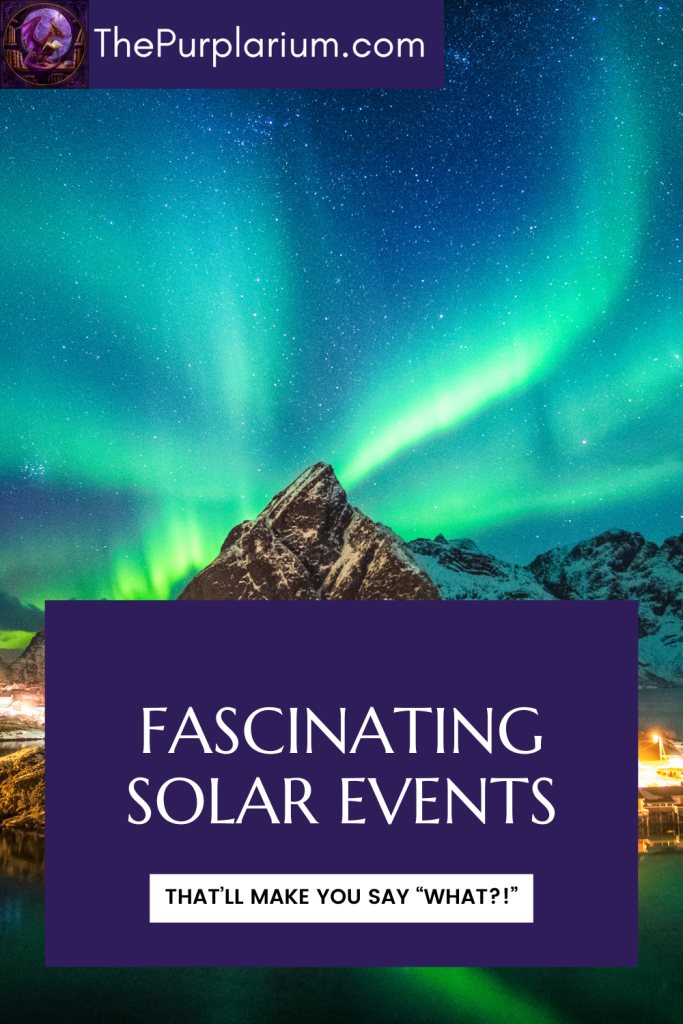The sun, our life-giving star, is a constant source of wonder. From providing warmth to making life possible, it also puts on incredible shows that can dazzle us here on Earth. These unique solar events are fascinating and remind us of the powerful and dynamic nature of our solar system.

Solar Eclipses: The Great Hide and Seek
One of the most awe-inspiring solar events is a solar eclipse. This happens when the moon passes between the Earth and the sun, casting a shadow on Earth. There are two main types: partial and total eclipses.
In a partial eclipse, the moon covers only a part of the sun. It’s like taking a bite out of a cookie. These are more common and can be seen more frequently in various parts of the world.
A total solar eclipse, on the other hand, is much rarer. It occurs when the moon completely covers the sun, turning day into night for a few minutes. The sky darkens, temperatures drop, and stars become visible. During a total eclipse, you can see the sun’s outer atmosphere, called the corona, which is usually hidden by the bright light of the sun. This event is truly a spectacular sight and attracts people from all over the world to the narrow path where it can be observed.
Sunspots: Dark Patches on the Sun
Sunspots are another fascinating feature of the sun. These are cooler areas on the sun’s surface that appear dark compared to the surrounding regions. They are caused by magnetic activity and can last from a few days to several months.
Sunspots are important because they are linked to solar activity, such as solar flares and coronal mass ejections. These can impact Earth’s magnetic field and even cause disruptions in communications and power grids. Monitoring sunspots helps scientists predict solar storms and take measures to protect our technology.
Solar Flares: Explosive Bursts of Energy
Solar flares are sudden, intense bursts of radiation coming from the release of magnetic energy associated with sunspots. They are like massive explosions on the sun’s surface. These flares can release as much energy as billions of atomic bombs!
The effects of solar flares reach Earth in the form of increased radiation, which can affect satellite communications and navigation systems. They also create stunning auroras, known as the Northern and Southern Lights, by interacting with Earth’s atmosphere.
Coronal Mass Ejections: Giant Solar Waves
Similar to solar flares, coronal mass ejections (CMEs) are huge bubbles of gas threaded with magnetic field lines that are ejected from the sun over the course of several hours. When these massive clouds of solar material hit Earth, they can cause geomagnetic storms.
These storms can disrupt satellite operations, power grids, and even radio signals. However, they also enhance the auroras, creating brilliant light shows near the poles. Scientists keep a close eye on CMEs to predict space weather and protect our planet’s technological infrastructure.
The Aurora: A Dance of Lights
While the aurora, or Northern and Southern Lights, are more commonly associated with the Earth’s atmosphere, they are a direct result of solar activity. Charged particles from the sun collide with gases in Earth’s atmosphere, causing the beautiful displays of light.
These lights are predominantly seen in polar regions but can sometimes be observed at lower latitudes during periods of high solar activity. The colors of the aurora depend on the type of gas involved and the altitude of the collisions. For instance, oxygen at higher altitudes produces red auroras, while at lower altitudes, it produces green. Nitrogen can cause blue or purple hues.
Solar Cycles: The Sun’s Natural Rhythm
The sun goes through an approximately 11-year cycle of activity, known as the solar cycle. This cycle is marked by the increase and decrease in the number of sunspots on the sun’s surface.
During the solar maximum, the peak of the cycle, the sun has the most sunspots and solar activity, leading to more solar flares and CMEs. The solar minimum, the low point of the cycle, features fewer sunspots and a calmer sun.
Understanding the solar cycle helps scientists anticipate space weather and its effects on Earth. It also provides insights into the sun’s influence on our climate and environment.
Watching the Sun Safely
Observing solar events is an exciting way to learn more about our star. However, it’s important to do so safely. Never look directly at the sun without proper protection, as it can cause serious eye damage. Use special solar viewing glasses or telescopes with solar filters. During a solar eclipse, follow safety guidelines to protect your eyes.

Solar events not only remind us of the sun’s incredible power but also its vital role in our daily lives. By studying these events, we gain a deeper appreciation for the complex dynamics of our solar system and the beautiful displays it offers. So, keep your eyes to the sky and enjoy the wonders of our nearest star, safely!
